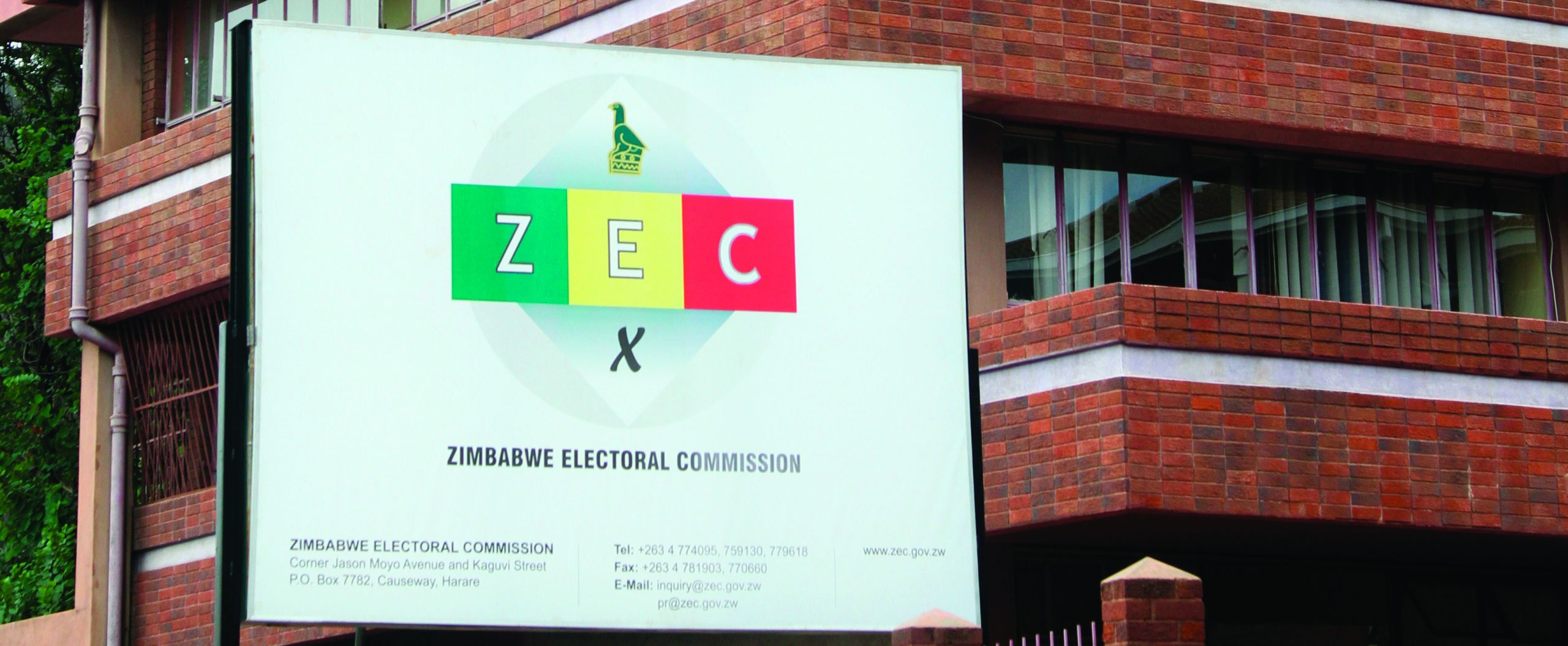
BY TATIRA ZWINOIRA GLOBAL risk agency, Fitch Solutions, has downgraded Zimbabwe’s economic growth projection by 2,2 percentage points to 1,5% this year and has predicted that the economy will redollarise by next year.
Fitch’s previously projected that the economy would grow by 3,7% this year and gave a country risk score of 33,3, on the back of Covid-19 restrictions easing and firmer international commodity prices.
The score remains lower than the regional and global average of 48,3 and 54,5, respectively.
Fitch’s downgrade came at a time the local currency was depreciating rapidly against major currencies with a single United States dollar now trading for $393,85 on the official market, down from $108,66 at the beginning of the year.
In its July 2022 Africa Monitor- Southern Africa report, the global agency said Zimbabwe needed to quickly stabilise its currency and deal with inflation if it entertained any hopes of improving the economy.
Fitch scores a country on a scale of between 0 to 100, with a higher score representing a lower risk.
“Stabilising the currency and inflation will require tighter monetary and fiscal policy in the months ahead, ensuring that any uptick in government spending is muted,” the report said.
“The government remains locked out of capital markets and from multilateral lending, meaning that it partially relies on the RBZ for deficit financing,” Fitch Solutions said.
- Chamisa under fire over US$120K donation
- Mavhunga puts DeMbare into Chibuku quarterfinals
- Pension funds bet on Cabora Bassa oilfields
- Councils defy govt fire tender directive
Keep Reading
“A higher deficit would risk a further increase in the money supply and inflation in the months ahead, and the RBZ has also reduced its quarterly money growth target to 5.0% in Q222, from 7.5% previously at its April 2022 meeting.
“We view a re-dollarisation of the economy as likely at some stage in 2022 or 2023.”
Inflation is being driven by an increase in the monetary supply and a lack of support for the ailing Zimbabwe dollar.
In May, money supply reached $971,54 billion, up 44,71% from April’s $671,37 billion and a whopping 106,51% from January’s $470,43 billion.
The increase has been attributed to the government’s insistence on with its domestic debt financing model through the continued issuances of securities such as treasury bills and bonds.
In May monetary supply was largely composed of foreign currency deposits at 57,55% and local currency deposits being 42,13% with the remainder being the currency in circulation.
“Month-on-month, broad money increased by 44.71%, largely reflecting an increase of 85.05% in foreign currency deposits, from $302.16 billion in April 2022 to $559.14 billion in May 2022.
“The increase was on the back of exchange rate depreciation. Over the same period, the local currency component of broad money grew by 11.70%,” the RBZ said in its latest economic report.
“During the month under review, net domestic claims increased by 32.33% to ZW$671.65 billion.
“The growth was largely due to increases of $122.19 billion and
$13,62 billion in credit to the private sector and net claims on Government, respectively.
“On an annual basis, broad money registered a growth of 245.00%, largely driven by the impact of exchange rate depreciation over the year.
“The auction rate moved from $84.73/US$ in May 2021 to $290.88/US$ in May 2022, resulting in growth of the ZW$ equivalent of FCA deposits, from ZW$127.55 billion in May 2021 to ZW$559.14 billion in May 2022.”
The increase in the money supply is causing the Zimbabwe dollar to depreciate, adding inflationary pressures on the battered local currency.
Businesses have started rejecting the local currency in favour of the greenback whose use was codified in section 2 (A) of Statutory Instrument 118A of 2022 under the Presidential Powers (Temporary Measures) Act last month.
Under the section, the use of foreign currency for transactions has been permitted for the period ending December 2025.
“The basic commodities being charged exclusively in US dollar include sugar, laundry soap, flour, milk, cooking oil, Mazoe orange crush and mealie-meal amongst many products,” the Zimbabwe Coalition on Debt and Development said.
“This comes after the pronouncement by the monetary authorities that the USD and the ZWL shall be legal tender whilst observing the interbank rate plus 10% margin for all ZWL prices.”
The fall of the local currency has led to the annual inflation rate reaching 191,6% in June.











